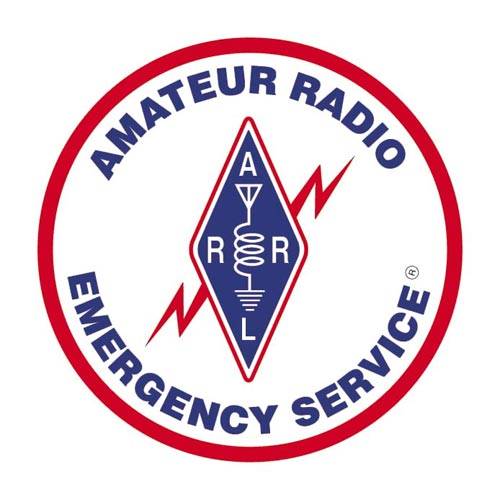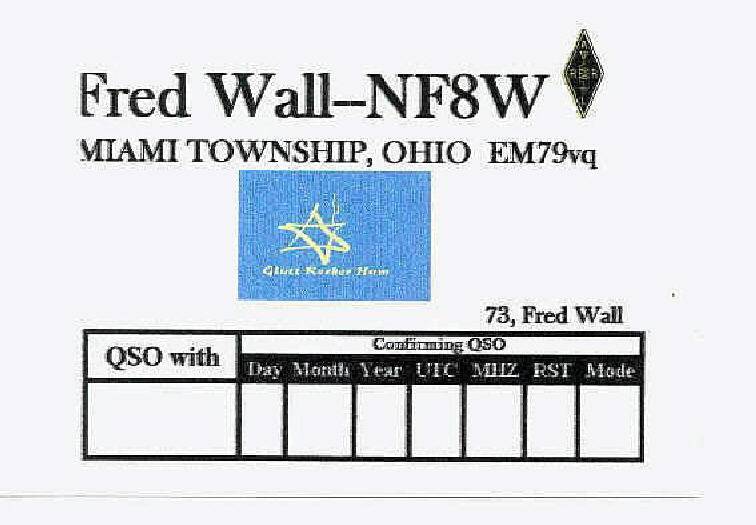
|

|
|---|

|

|
|---|
One of the purposes of Amateur Radio is to promote good will among the peoples of the world. Once you obtain a General Class license, you recieve priveleges to operate on various frequencies from 1.6 MHz (Megahertz) to 29.7 MHz. These frequencies allow you to send radio signals around the world or across the nation, assuming propagation is favorable. (Factors that affect propagation include solar activity and earth's magnetic activity.)
Please make the effort to learn morse code. Although I am not a CW (Continuous Wave) operator, I am proud to have achieved the milestone of knowing an international code with which I can communicate around the world. Also, check out FISTS, an organization dedicated to the promotion of CW.
Amateur Radio is more than just a hobby. It has a very practical purpose--emergency communications. Through organizations like RACES (Radio Amateur Civil Emergency Services) and ARES (Amateur Radio Emergency Services), hams train for emergencies by participating in public service activities and planned emergency drills, both announced and unannounced.
During emergency, radio amateurs provide backup communications unpo request by providing equipment and services to emergency workers and health and welfare communications, transmitting information on victims and survivors to other parts of the nation and world.
The following is taken from the explanation of Emergency communications from the ARRL's 2000 Amateur Radio Handbook, pp.2.7,2.8....
The FCC Rules list emergency communications as one of the purposes of the Amateur Radio Service—and in reality, the ability to provide emergency communications justifies Amateur Radio’s existence. The FCC has recognized Amateur Radio as being among the most reliable means of medium- and long-distance communication in disaster areas.
Chuck, NI5I , and Rick, WB5TJV, were two of the many hams who provided communications in the wake of a devastating earthquake in Mexico City. Amateur Radio operators have a long tradition of operating from backup power sources. Through events such as Field Day, hams have cultivated the ability to set up communication posts wherever they are needed. Moreover, Amateur Radio can provide computer networks (with over-the-air links where needed) and provide other services such as video (ATV) and store-and-forward satellite links that no other service can deploy on a wide scale. One can argue, therefore, that widespread technology makes Amateur Radio even more crucial in a disaster situation.
If you are interested in participating in this important public service, you should contact your local EC (Emergency Coordinator). Plan to participate in preparedness nets and a yearly SET (Simulated Emergency Test).
The Amateur Radio Emergency Service (ARES) and the Radio Amateur Civil Emergency Service (RACES) are the umbrella organizations of Amateur Radio emergency communications. The ARES is sponsored by ARRL (although ARRL membership is not required for ARES participation) and handles many different kinds of public-service activities.
On the other hand, RACES is administered by the Federal Emergency Management Agency (FEMA) and operates only for civil preparedness and in times of civil emergency. RACES is activated at the request of a state or federal official.
Amateurs serious about emergency communication should carry dual RACES/ ARES membership. RACES rules now make it possible for ARES and RACES to use the same frequencies, so that an ARES group also enrolled in RACES can work in either organization as required by the situation.
Examples of the types of emergencies hams assist in include tornados, hurricanes, lost children, severe weather, terror attacks and power failures. If you are a licensed Amateur Radio Operator and would like to offer your equipment and services to this vital effort, please contact RACES or ARES.


If you want to become a licensed Amateur Radio Operator, Contact the ARRL for information. Another good place to start is with the book Now You're Talking--ISBN 0-87259-797-0--published by the ARRL. Additionally, by visiting their site, you can find a test site as well as experienced hams who will be glad to help you out.

